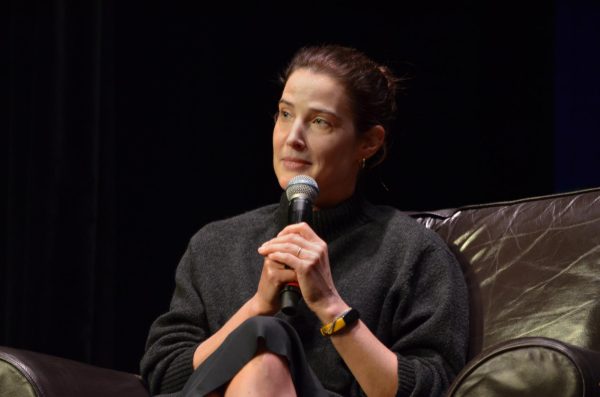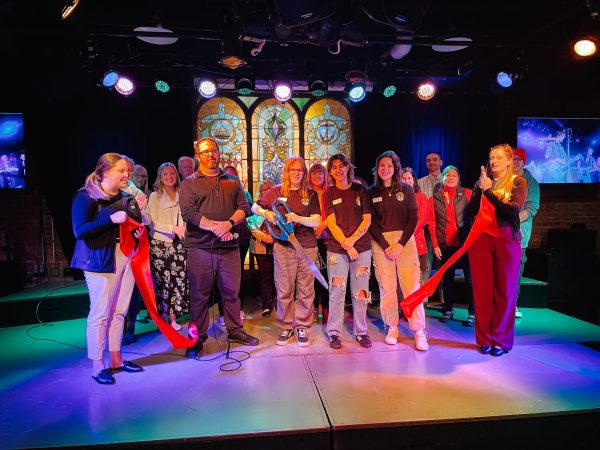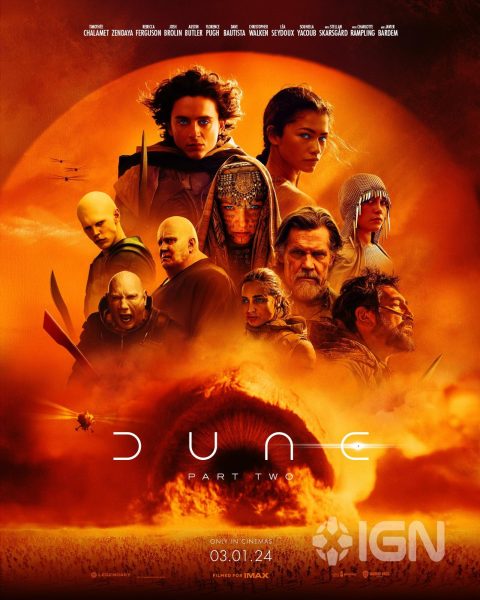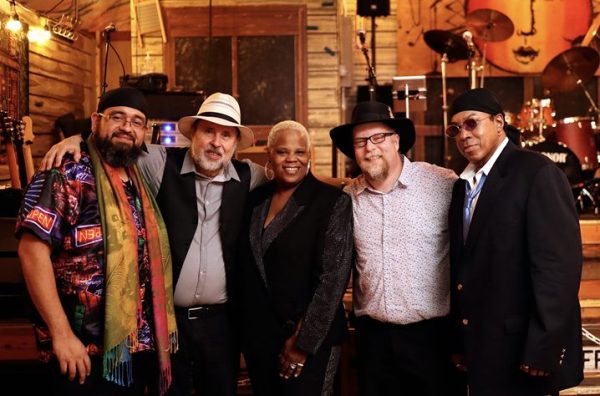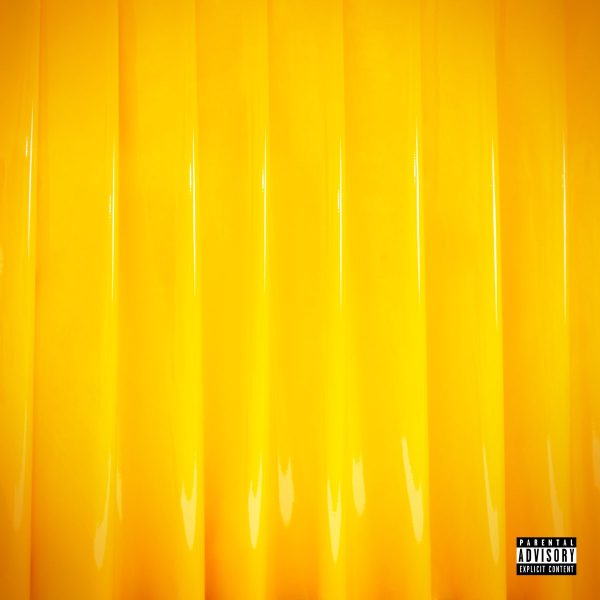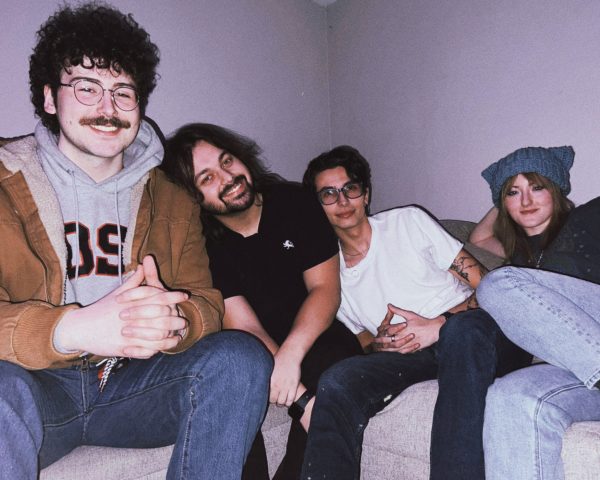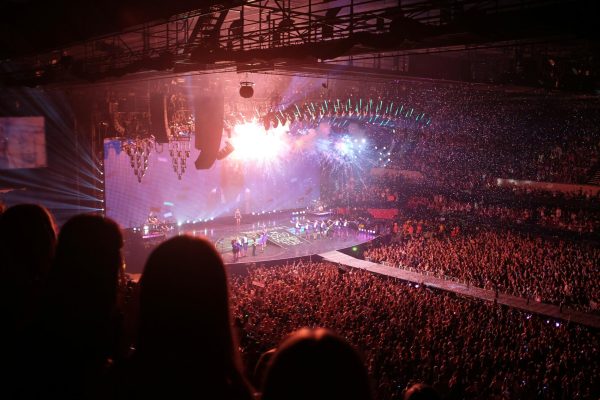“Halloween” overcomes reboot fatigue to stand out among modern horror
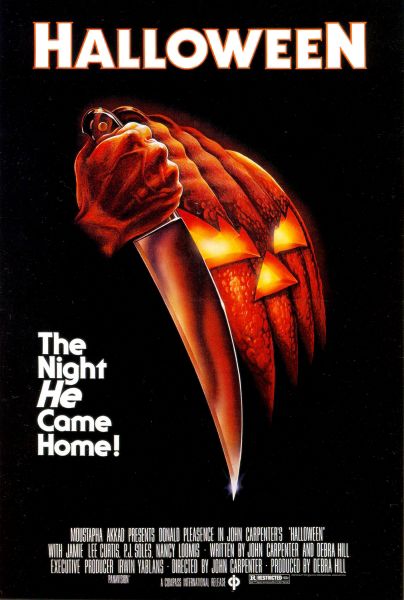
The poster for 1978’s “Halloween,” the first in an 11 film franchise.
October 28, 2018
Every fall it’s routine for Hollywood to dig up another few decades old horror franchise to cash in on the nostalgia and Halloween spirit of movie goers.
In general, horror movies of the last decade released to wide audiences have lacked anything scary or interesting in them, often falling into the category of gimmicky, unintentional comedies or bore-fests. Disasters like this year’s “Slender Man” and last year’s “Wish Upon” exemplify the lack of coherency and originality behind modern day horror movies.
The horror movies that have been able to capture the attention of a mass audience such as “The Conjuring” or “Insidious” are milked dry for every possible spin-off and sequel. Aside from the occasional classic such as “Get Out” or “Hereditary” the bar in modern horror is set pretty low. All these factors might explain why the 11th installment in a 40-year-old franchise is this Halloween season’s only horror attraction in theaters.
“Halloween” (2018) serves as a direct sequel to the original but is a completely unnecessary movie. It’s not the first “Halloween” film to bring back John Carpenter, its creator and original director, in some capacity, nor is it the first to see Jamie Lee Curtis making a “long awaited” return to the role of Laurie Strode. It’s not even the first “Halloween” film to ignore the events of its sequels. It’s the third film in the franchise to bare the name “Halloween” sharing the title with the 1978 original and Rob Zombie’s ill-remembered remake in 2007.
Despite the absurdity of “Halloween” (2018)’s mere existence and zero positive expectations behind it, the film actually manages to work as a modernization and conclusion to the original.
The original “Halloween” took the simple idea of the “boogeyman” and translated it into Michael Myers: the pure evil, mindless killing machine. Myers kills at complete random with no motivation to stab one person to death over another. This idea is the key to what makes Michael Myers terrifying, but also the major downfall in the franchise’s sequels, where that simple working idea became messy and convoluted.
“Halloween” (2018) returns the original concept of Michael Myers to form, ditching needless backstory and exposition of the first “Halloween” sequels. Several characters in the film try to figure out what motivates Michael Myers, calling his motivation into question only to leave it partially explored. This restores the random and robotic nature to Michael Myers’ murderous behavior, as his obsessed doctor and true-crime podcast hosts confront Myers in the beginning of the film, and later shown when he’s released onto Haddonfield, IL, once again.
Laurie Strode, 40 years after her friends were murdered by Michael Myers on Halloween night, has spent her life in isolation preparing for Michael Myers to return. Instead of writers turning Laurie Strode into a revenge driven gun slinging action hero, Strode is clearly damaged. She has not only ruined her life, but is continually worsening the already messy relationship between her daughter and granddaughter. All of the family drama that takes place in the film works extremely well and has the film dipping its toes into the theme of how a person deals with a traumatic event.
Like Michael Myers’ motive and coping with trauma, there are many themes present but aren’t fully explored all throughout “Halloween” (2018). A character makes a comment early on in the film questioning why five people getting murdered 40 years ago matters at all now considering all the horribly violent things that happen nearly every day in the present. The film acknowledges the challenge to making Michael Myers scary in 2018, only to have it go nowhere.
Late in the film “Halloween” (2018) takes the slasher tropes that began with the original film and turn them on their head. Laurie Strode makes interesting parallels to Michael Myers in various scenes referencing the original but are placed subtly enough so they aren’t distracting or confusing to those who haven’t seen the original.
The most awkward moments in “Halloween” (2018) come from odd character interactions and tonal shifts. Writer and director of the film David Gordon Green likes to give something for you to identify with in each and every character before Michael Myers brutally murders them. This is done in a glaringly obvious and inorganic manner with poor attempts to insert humor, driving a handful of scenes into a tonal mess. Along with this there are several plot developments that are so coincidental or nonsensical that they come off as humorous and lazy attempts to advance the story.
At the end of the day “Halloween” (2018) ended up being one of the best sequels in the “Halloween” franchise avoiding the mistakes of past failures while also providing some new and interesting plot elements. There are a handful of issues in the writing and story that are hard to ignore, but as a movie to immerse yourself in the spirit of Halloween, it’s better than what we are usually treated to in theaters this time of year.
Overall: 7/10
Pros:
- Returns Michael Myers to his original character and makes him scary again.
- Introduces new themes and concepts that work well in a “Halloween” sequel.
Cons:
- Leaves lots of interesting ideas and plot lines disappointingly unexplored.
- Tonal inconsistencies and sometimes absurd plot logic can distract from the film’s enjoyment.






